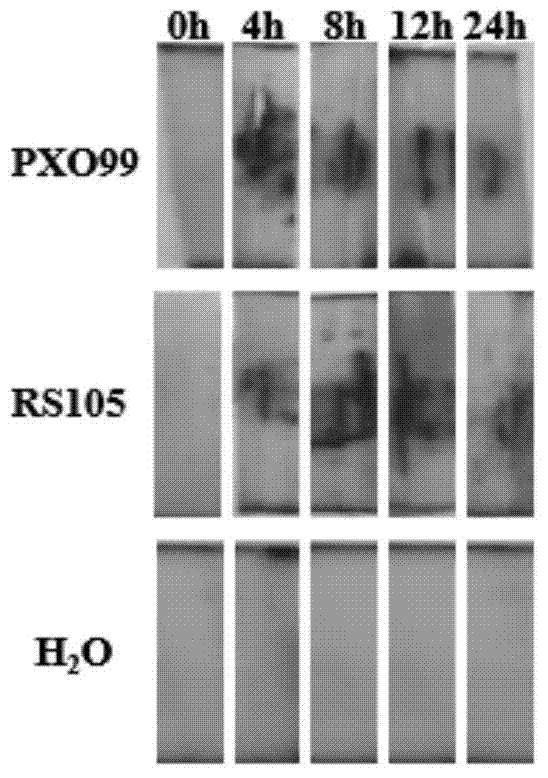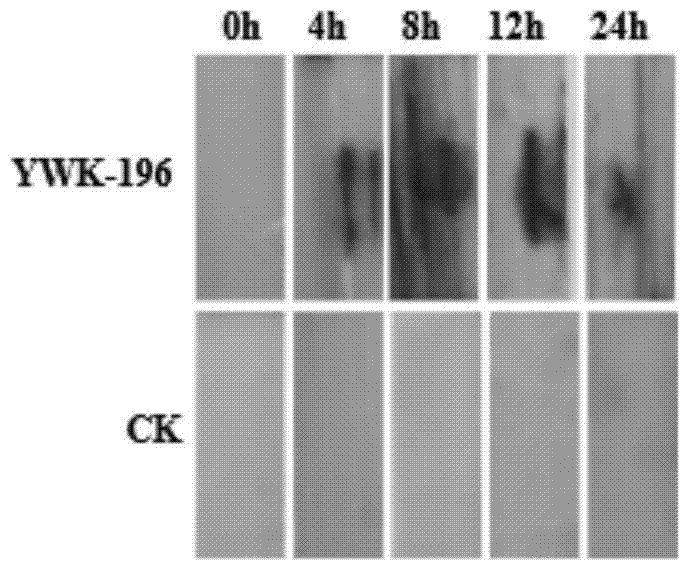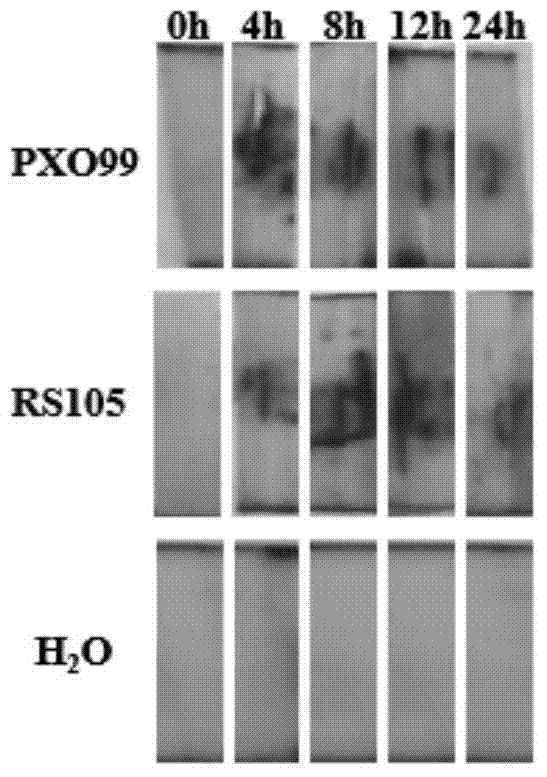Corn pathogen induced promoter
A technology of corn sheath blight and promoter, applied in the field of plant genetic engineering, can solve the problems of quality decline, yield reduction and the like
- Summary
- Abstract
- Description
- Claims
- Application Information
AI Technical Summary
Problems solved by technology
Method used
Image
Examples
Embodiment 1
[0029] Example 1 Sequence analysis of maize GRMZM2G011006 gene promoter pGRMZM2G011006
[0030] First, according to the GRMZM2G011006 gene sequence information in the database, determine the sequence 2011 bp upstream of its initiation codon ATG as its promoter, and its nucleotide sequence is shown in SEQ ID NO.1;
[0031] Select the upstream 2011bp sequence of the maize B73GRMZM2G011006 gene, and use PLACE (Higo K, Ugawa Y, Iwamoto M, Korenaga T. Plant cis-acting regulatory DNA-elements (PLACE). Nucl Acids Res1999, 27:297-300.) software for maize GRMZM2G011006 The promoter nucleotide sequence (SEQ ID NO.1 in the sequence listing) was sequence analyzed.
[0032] The above software was used to search and predict the cis-acting elements in the GRMZM2G011006 gene promoter pGRMZM2G011006. As a result, the promoter contained many homologous sequences with known eukaryotic cis-acting elements. Among them, the first base of the GRMZM2G011006 cDNA sequence is defined as the transcript...
Embodiment 2
[0038] Example 2 Constructing the recombinant vector of GRMZM2G011006 promoter sequence and GUS gene and transforming rice Zhonghua 11
[0039] Taking corn B73DNA as a template, using a forward primer, its sequence is shown in SEQ ID NO.2 (5′-AAG CTGCAG GCCCGAGGAAGACTAATACTAG-3′, the underlined base is the restriction endonuclease PstI recognition site) and reverse primer, its sequence is shown in SEQ ID NO.3 (5′-AAG GTC GAC TGCTCCCCAAATCCAAAC-3ˊ, the underlined base is the restriction endonuclease SalI recognition site) to amplify the promoter fragment;
[0040]The PCR reaction program is as follows: pre-denaturation at 94°C for 5min, denaturation at 94°C for 40s, annealing at 62°C for 40s, extension at 72°C for 2min, 35 cycles of reaction, post-extension at 72°C for 7min,
[0041] A fragment of the sequence SEQ ID NO.1 is obtained, and recognition sites for restriction endonucleases PstI and SalI are respectively added at both ends of the sequence. After the reaction, th...
Embodiment 3
[0043] Example 3 Detecting the induced response of pGRMZM2G011006 transgenic plants to pathogenic bacteria
[0044] The rice Zhonghua 11 transgenic seedlings obtained in Example 2 of the T1 generation grown in the greenhouse for about 3 weeks were subjected to various treatments. The rice seedlings were inoculated with rice bacterial blight pathogen Xanthomonas PXO99, rice bacterial streak RS105 and maize sheath blight YWK-196, and no inoculation was set as the control. The intensity of GUS activity of different transgenic lines before and after inoculation was detected. Among them, bacterial blight and thin streak bacteria were cultured on PSA medium at 28°C for 2 days, resuspended in sterile water, inoculated by injection, and the leaves of the plants were taken 1 day after inoculation of pathogenic bacteria for analysis; corn sheath blight bacteria were cultured on PDA medium Cultivate at 25°C for 2 days, and inoculate the leaves with a puncher to inoculate the leaves, and...
PUM
 Login to View More
Login to View More Abstract
Description
Claims
Application Information
 Login to View More
Login to View More - R&D
- Intellectual Property
- Life Sciences
- Materials
- Tech Scout
- Unparalleled Data Quality
- Higher Quality Content
- 60% Fewer Hallucinations
Browse by: Latest US Patents, China's latest patents, Technical Efficacy Thesaurus, Application Domain, Technology Topic, Popular Technical Reports.
© 2025 PatSnap. All rights reserved.Legal|Privacy policy|Modern Slavery Act Transparency Statement|Sitemap|About US| Contact US: help@patsnap.com



